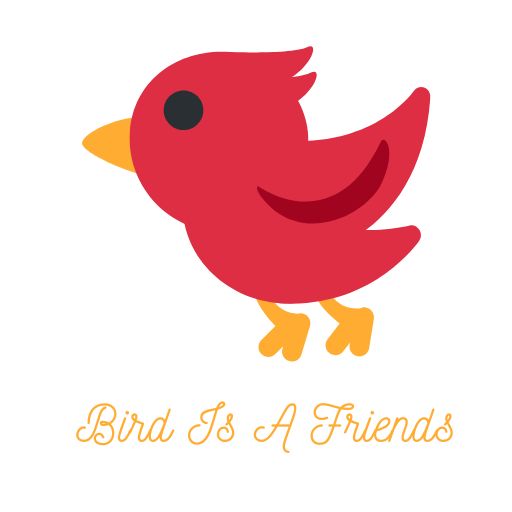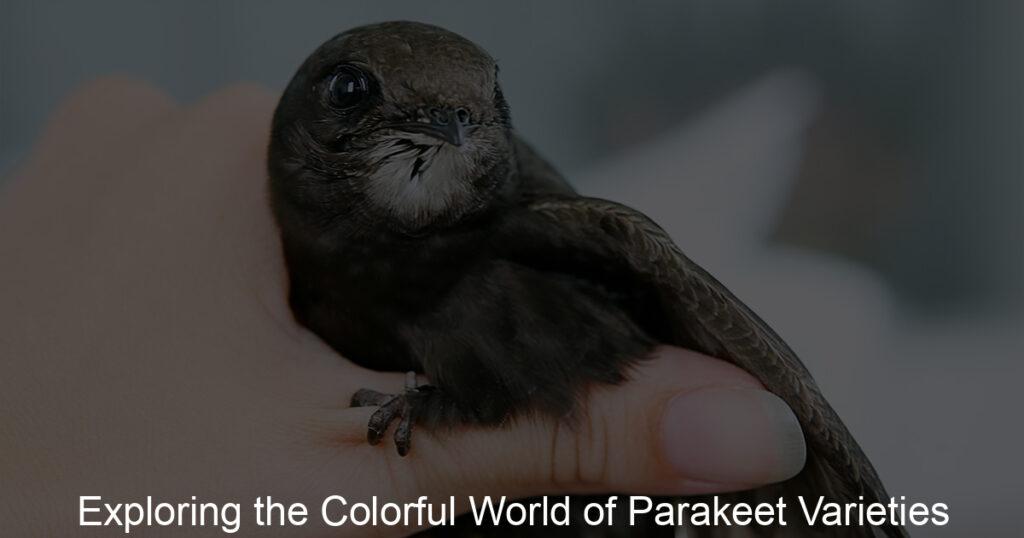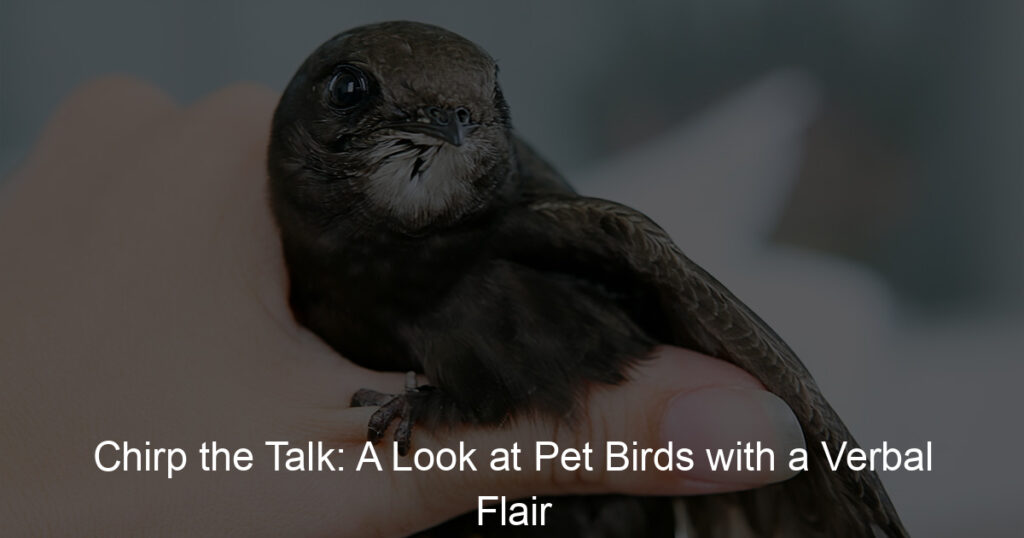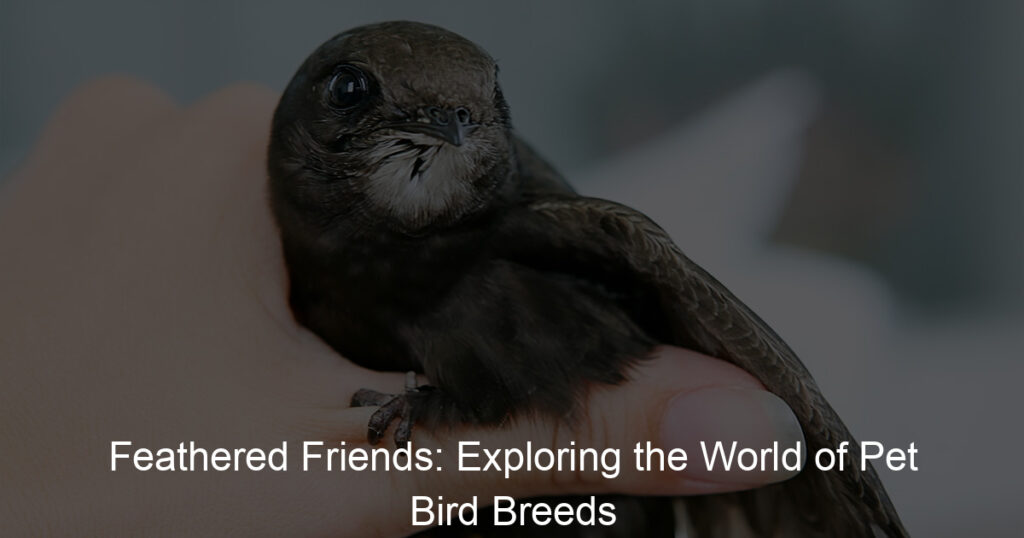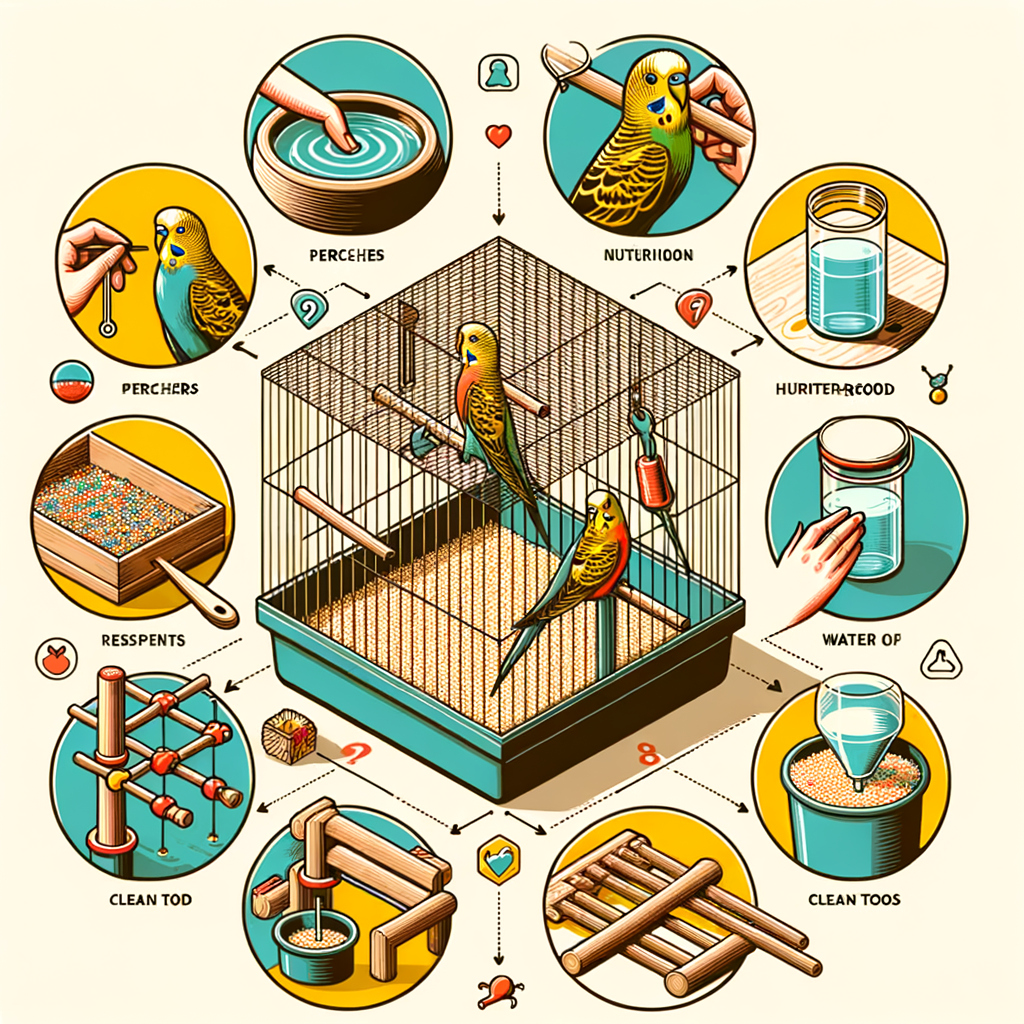
Introduction to Bird Habitat Setup
Welcome to our comprehensive guide on setting up a bird habitat. Our feathered friends require a safe and comfortable environment to thrive. This introduction will provide you with a basic understanding of the importance of a safe bird environment and the fundamentals of creating a bird habitat.
- Understanding the Importance of a Safe Bird Environment
- The Basics of Creating a Bird Habitat
Creating a safe environment for your bird is crucial. Birds are delicate creatures and their health can be severely affected by a poor environment. A safe bird environment is one that is free from hazards such as toxic fumes, sharp objects, and predators. It also includes providing a balanced diet, clean water, and a comfortable temperature. Ensuring a safe environment for your bird will not only help them live longer, but it will also make them happier and more active.
Setting up a bird habitat involves more than just buying a cage and some bird food. It requires careful planning and consideration. The size of the cage, the type of food, the location of the cage, and the type of toys and perches are all important factors to consider. The cage should be large enough for the bird to move around comfortably. The food should be nutritious and suitable for the bird’s species. The cage should be placed in a quiet, well-lit area away from drafts and direct sunlight. Toys and perches should be safe and stimulating for the bird.
In the following sections, we will delve deeper into how to create a cozy bird habitat, ensure a safe bird environment, and provide practical examples and case studies. Our goal is to help you create a feathered paradise for your bird.
Creating a Cozy Bird Habitat
Creating a cozy habitat for your feathered friends is a rewarding task. It’s not just about setting up a cage, but about making a comfortable and safe home for them. Let’s start with choosing the right location.
Choosing the Right Location
The location of your bird habitat plays a crucial role in the comfort and safety of your birds. Here are a couple of factors to consider:
- Indoor vs Outdoor
- Considering the bird’s natural habitat
Deciding whether to set up your bird habitat indoors or outdoors depends on the type of bird you have and the climate you live in. Indoor habitats are generally safer as they protect your birds from predators and harsh weather conditions. However, outdoor habitats can provide more natural surroundings, which can be beneficial for certain types of birds.
It’s important to consider the bird’s natural habitat when choosing a location. For example, canaries prefer high places while finches are comfortable at ground level. Try to mimic their natural environment as much as possible to make them feel at home.
Remember, the goal is to create a habitat that is both comfortable and stimulating for your birds. Paying attention to these factors will help you create a cozy and safe environment for your feathered friends.
Setting Up the Bird Cage
Setting up a bird cage is a crucial step in creating a cozy habitat for your feathered friends. This process involves two main steps: selecting the right bird cage and setting it up properly. Let’s delve into these steps in detail.
- Selecting the Right Bird Cage
Choosing the right bird cage is the first step towards creating a comfortable and safe environment for your bird. The cage should be spacious enough for your bird to move around freely. It should also be sturdy and easy to clean. Remember, the size of the cage should be determined by the size and species of your bird. For instance, a cage for a parakeet should be different from a cage for a macaw.
While selecting a bird cage, consider the following factors:
| Factor | Description |
|---|---|
| Size | The cage should be spacious enough for the bird to move around comfortably. |
| Material | The cage should be made of non-toxic, durable material. |
| Design | The cage should have a safe and bird-friendly design. |
| Accessibility | It should be easy to clean and maintain. |
- Essential Bird Cage Setup Steps
Once you have selected the right bird cage, the next step is to set it up. Here are some essential steps to follow:
- Place the cage in a safe location: The cage should be placed in a quiet and safe location, away from direct sunlight and drafts.
- Install perches and toys: Install a variety of perches of different sizes and shapes to keep your bird’s feet healthy. Toys can also be added to keep your bird entertained.
- Provide food and water dishes: Ensure that the cage has clean dishes for food and water. These should be placed at a comfortable height for your bird.
- Ensure proper ventilation: The cage should have enough ventilation to ensure fresh air for your bird.
Remember, setting up the bird cage correctly is crucial for your bird’s health and happiness. So, take your time and do it right!
Ensuring a Safe Bird Environment
Creating a safe environment for your bird is crucial for its overall health and happiness. Here are some key steps to help you create a safe haven for your feathered friend.
Creating a Bird’s Safe Space
Just like humans, birds also need a safe space where they can relax and feel secure. Here are two important factors to consider:
- Providing hiding spots:
- Ensuring a quiet and calm environment:
Birds often feel safer when they have places to hide. This could be a small birdhouse inside the cage, a nest box, or even a simple piece of cloth draped over a part of the cage. These hiding spots give your bird a sense of security and can help reduce stress.
Birds are sensitive to noise and chaos. Loud noises and sudden movements can scare them and cause stress. Try to place your bird’s cage in a quiet part of your home, away from high-traffic areas. Also, keep the noise level down around your bird as much as possible. This will help your bird feel calm and safe.
Remember, a safe and comfortable environment is key to your bird’s well-being. By providing hiding spots and ensuring a quiet and calm environment, you can create a safe space that your bird will love.
Comfortable Bird Habitat Essentials
When it comes to creating a comfortable habitat for our feathered friends, there are two key factors to consider: the temperature and humidity of the environment, and the amount of light the bird receives. Let’s take a closer look at these essentials.
- Proper temperature and humidity
Just like us humans, birds also need a comfortable temperature to thrive. The ideal temperature varies depending on the species of the bird. For example, canaries prefer temperatures between 60 and 70 degrees Fahrenheit, while parakeets thrive in temperatures between 65 and 85 degrees Fahrenheit. It’s important to research the specific needs of your bird and adjust the temperature accordingly.
Humidity is another important factor. Birds are used to a certain level of humidity in their natural habitats. For instance, tropical birds require higher humidity levels compared to desert birds. A hygrometer, which measures humidity, can be a useful tool to ensure your bird’s habitat has the right amount of moisture in the air.
- Providing adequate lighting
Lighting plays a crucial role in a bird’s life. Birds need exposure to natural sunlight or an equivalent, such as full-spectrum artificial light, for optimal health. Light helps birds regulate their biological clock, promotes good sleep, and aids in vitamin D synthesis, which is important for bone health.
However, too much light can be harmful. Birds also need periods of darkness to rest. Therefore, it’s important to strike a balance. A good rule of thumb is to provide 12 hours of light and 12 hours of darkness. This mimics the natural day and night cycle, providing a comfortable and healthy environment for your bird.
In conclusion, by maintaining the proper temperature and humidity, and providing adequate lighting, you can create a comfortable and safe habitat for your bird. Remember, every bird is unique and may have specific needs. Always do your research and don’t hesitate to consult with a bird care expert if needed.
Bird Habitat Safety Tips
When it comes to creating a safe and comfortable environment for our feathered friends, there are a few key safety tips to keep in mind. Let’s delve into some of the most important aspects of bird habitat safety.
Preventing Common Hazards
Preventing common hazards is a crucial part of ensuring a safe habitat for birds. It’s important to be proactive in avoiding potential dangers. Here are two key areas to focus on:
- Avoiding toxic plants and materials
- Keeping the habitat clean and sanitary
Many common household plants and materials can be toxic to birds. For example, certain types of lilies, ivy, and even some fruits like avocados can be harmful. It’s essential to research and ensure that any plants or materials in your bird’s environment are safe. Also, avoid using any cleaning products or air fresheners that contain harsh chemicals around your bird’s habitat.
Maintaining a clean habitat is vital for your bird’s health. Regularly clean and disinfect the bird’s cage, food and water dishes, and any toys or perches. This helps prevent the growth of bacteria and fungi that could make your bird sick. Remember, a clean habitat is a safe habitat!
By taking these steps, you can help create a safer, healthier environment for your bird. Remember, the well-being of our feathered friends is in our hands!
Monitoring Bird Health
Keeping a close eye on your bird’s health is essential for maintaining a safe and happy habitat. There are two key aspects to consider:
- Regular vet check-ups
- Signs of stress or illness to watch for
Regular Vet Check-ups
Just like humans, birds need regular check-ups to ensure they are in good health. It’s recommended that you take your bird to the vet at least once a year. This allows the vet to catch any potential health issues early, before they become serious problems.
| Benefits of Regular Vet Check-ups |
|---|
| Early detection of health issues |
| Preventive care and vaccinations |
| Professional advice on diet and exercise |
Signs of Stress or Illness to Watch For
As a bird owner, it’s important to be aware of the signs that your bird might be stressed or sick. Changes in behavior, such as becoming less active or eating less, can be a sign that something is wrong. Other symptoms to watch for include:
- Feather plucking or loss
- Changes in droppings
- Difficulty breathing
- Loss of appetite
If you notice any of these signs, it’s important to take your bird to the vet as soon as possible. Remember, early detection is key to treating and managing bird illnesses.
Setting Up the Bird Cage: Case Studies
Learning from real-life examples can be a great way to understand how to set up a bird cage properly. Let’s dive into some case studies that will help illustrate the process.
Case Study 1: Creating a Habitat for a Parakeet
Parakeets are small, vibrant birds that require a specific habitat to thrive. In this case study, we’ll explore how one bird owner successfully created a comfortable and safe habitat for their parakeet.
John, a first-time parakeet owner, started by choosing a spacious cage. He knew that parakeets are active birds and need plenty of space to fly and play. He opted for a cage that was 24 inches wide, 24 inches deep, and 30 inches high.
Next, John focused on the interior of the cage. He added multiple perches of varying sizes and materials to keep his parakeet’s feet healthy. He also included a variety of toys to keep his bird mentally stimulated.
John understood the importance of a clean environment for his bird’s health. He made sure to clean the cage regularly and provide fresh food and water every day.
| Key Elements | Description |
|---|---|
| Cage Size | 24 inches wide, 24 inches deep, and 30 inches high |
| Perches | Varying sizes and materials |
| Toys | Various types for mental stimulation |
| Cleaning | Regular cleaning and fresh food and water daily |
By paying attention to these details, John was able to create a habitat that his parakeet loved. His bird was active, healthy, and happy. This case study shows that with the right approach, anyone can create a suitable habitat for their bird.
Case Study 2: Setting Up a Safe Environment for a Canary
Canaries are known for their vibrant colors and beautiful songs. However, to keep them healthy and happy, it’s crucial to provide them with a safe and comfortable environment. Let’s explore a case study on how to set up a safe environment for a canary.
Meet Mrs. Jones, a bird enthusiast who recently adopted a canary named Sunny. She was determined to provide Sunny with the best habitat possible. Here’s how she did it:
Step 1: Choosing the Right Cage
Mrs. Jones started by selecting a spacious cage for Sunny. She chose a cage that was at least 24 inches wide, 24 inches deep, and 30 inches high. This gave Sunny plenty of room to fly and exercise. The bars were spaced no more than half an inch apart to prevent Sunny from getting stuck.
Step 2: Positioning the Cage
She placed the cage in a quiet, well-lit room, away from drafts and direct sunlight. The cage was positioned at eye level to make Sunny feel safe and secure.
Step 3: Furnishing the Cage
Mrs. Jones furnished the cage with a variety of perches of different sizes and textures. She also added a swing for Sunny to play on. She avoided using sandpaper perch covers as they can hurt a bird’s feet.
Step 4: Providing Food and Water
She provided fresh food and water daily. She used separate dishes for food and water and placed them at the end of a perch for easy access.
Step 5: Maintaining Cleanliness
Mrs. Jones cleaned the cage regularly to keep Sunny’s environment healthy. She removed any uneaten food, droppings, and soiled bedding daily. She also thoroughly cleaned the cage with bird-safe disinfectant once a week.
| Steps | Actions |
|---|---|
| Choosing the Right Cage | Selected a spacious cage with bars spaced no more than half an inch apart. |
| Positioning the Cage | Placed the cage in a quiet, well-lit room, away from drafts and direct sunlight. |
| Furnishing the Cage | Furnished the cage with a variety of perches and a swing. |
| Providing Food and Water | Provided fresh food and water daily in separate dishes. |
| Maintaining Cleanliness | Cleaned the cage daily and disinfected it weekly with a bird-safe disinfectant. |
By following these steps, Mrs. Jones was able to create a safe and comfortable environment for Sunny. This case study serves as a guide for anyone looking to provide a safe habitat for their canary.
Conclusion: Creating a Feathered Paradise
In this journey, we have explored the essentials of setting up a bird habitat, ensuring its safety, and making it cozy for our feathered friends. Let’s recap the key takeaways and share some final thoughts on creating a safe and comfortable bird habitat.
- Recap of key takeaways:
- Final thoughts on creating a safe and comfortable bird habitat:
Creating a bird habitat is not just about buying a cage and placing a bird inside. It requires careful planning and consideration. We learned the importance of choosing the right cage size, positioning it correctly, and ensuring it is safe and secure. We also discussed the significance of providing a variety of perches, toys, and nutritious food to keep the birds healthy and happy. The case studies highlighted the practical application of these tips and how they can create a significant difference in the lives of our birds.
Creating a feathered paradise is a rewarding experience that requires dedication and love. Remember, every bird is unique and what works for one may not work for another. Always observe your bird’s behavior and adjust the habitat as needed. Keep in mind that a safe and comfortable habitat is not a luxury but a necessity for your bird’s well-being. In the end, the joy and companionship that a well-cared-for bird brings are worth all the effort.
“The bird is powered by its own life and by its motivation.” – A. P. J. Abdul Kalam. Let’s use this motivation to create the best possible environment for our feathered friends. After all, they deserve nothing less than a paradise.
